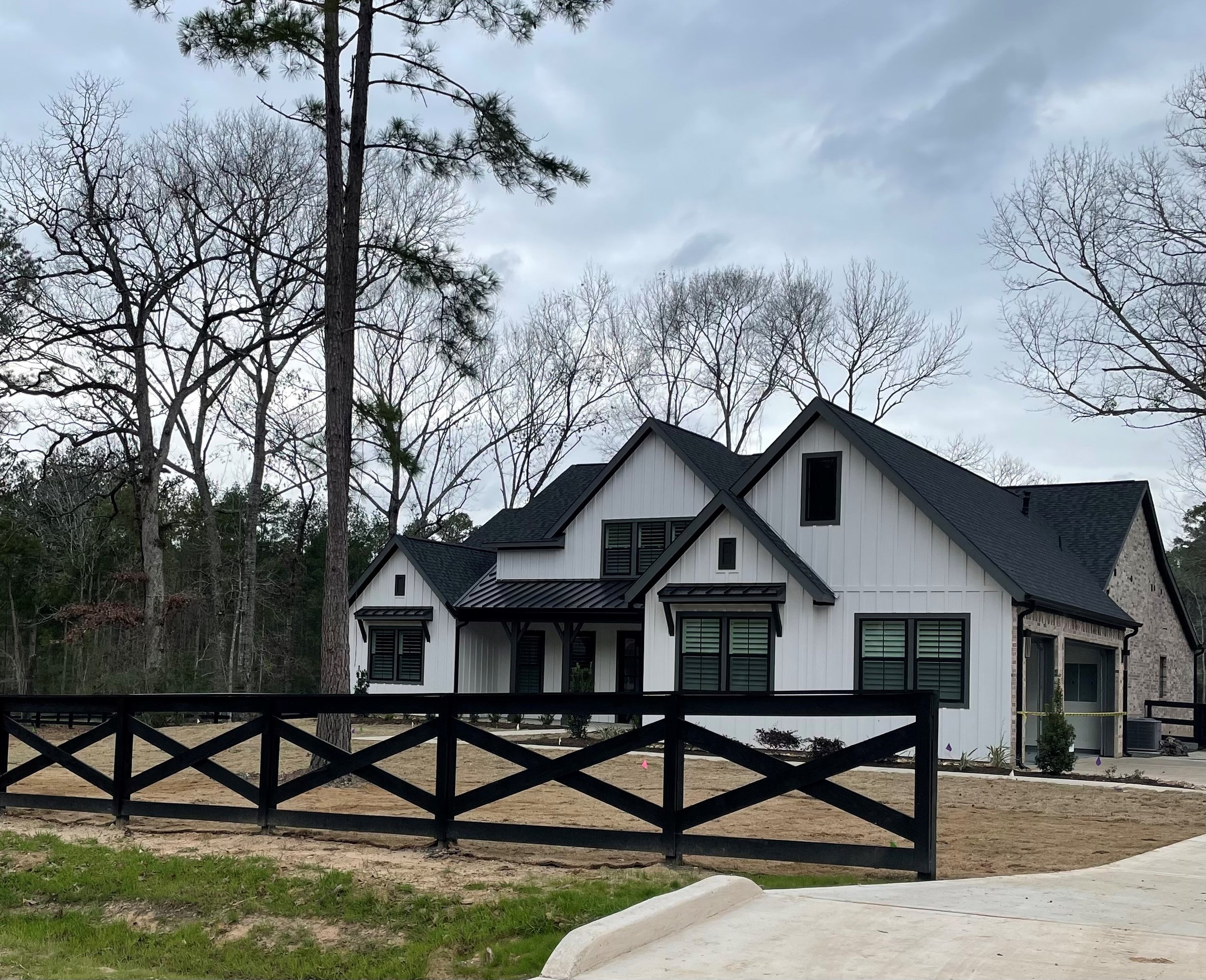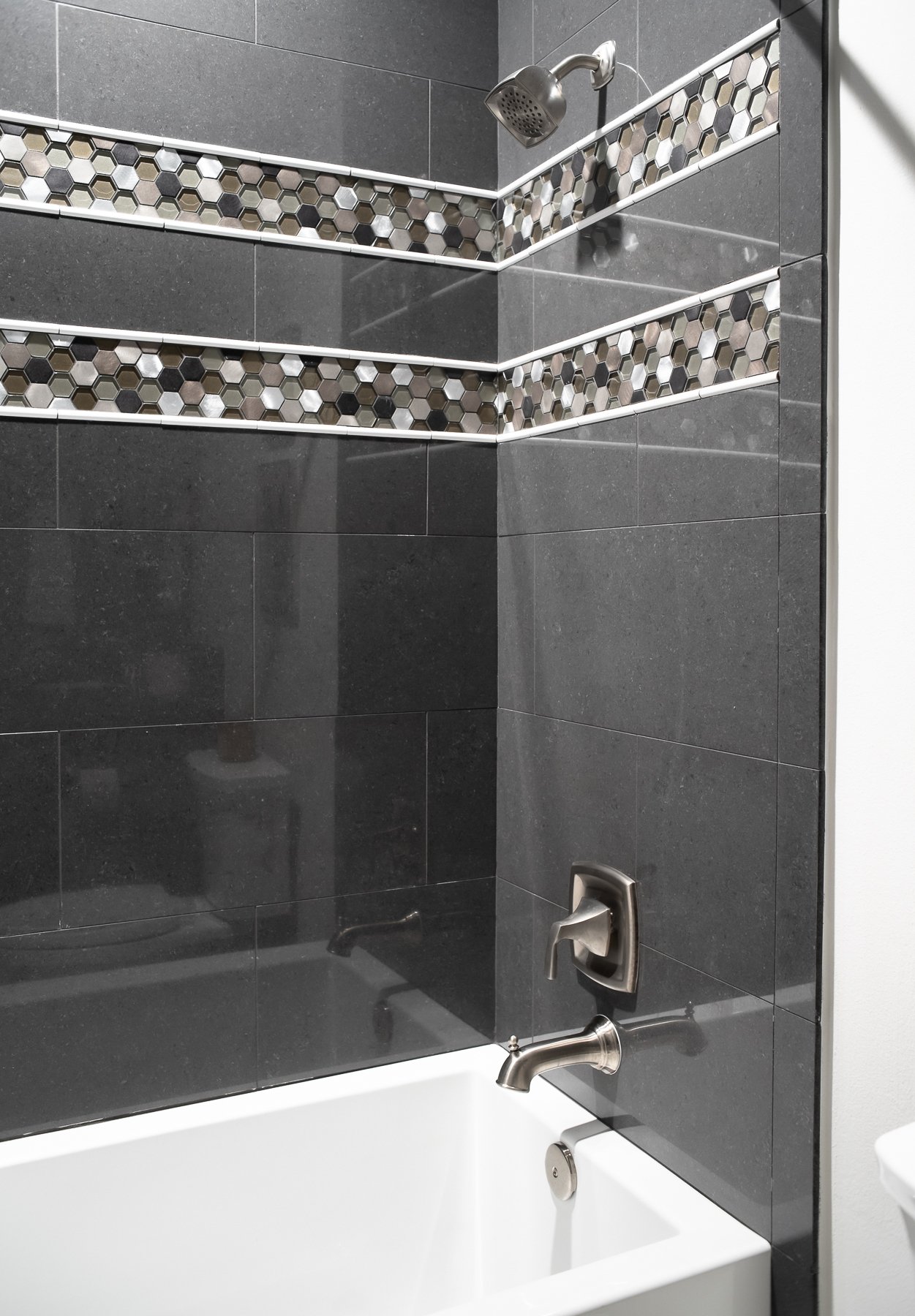A quality mattress is not just a luxury- it is essential for restful sleep. When selecting a mattress to serve you well for many years, consider not only comfort and support but materials utilized. Many brands will offer natural latex or 100% organic cotton, but research is needed to determine what percentage of the overall mattress is composed of these materials.
Certifications for VOCS and clean material usage can be helpful references when making an educated decision on your new mattress. Of the many certifications available, CertiPUR-US regulates foam ingredients and Greenguard Gold certification helps to limit chemical exposure. Keep in mind that 100% wool allows for manufacturers to not apply chemical flame retardants, since wool is inherently flame resistant.
In terms of durability, latex is known to break down over time, so consider how long the mattress is warrantied for in light of the expense. Steel coils help maintain support, and some manufacturers will give specifications on the number of coils as well as the tensile strength or gauge (which is relevant for larger body types). Take care of your investment by ensuring that your mattress is on the recommended box spring, platform, or frame and rotated on a regular basis (if advisable).
A mattress topper can add softness to a firm mattress for increased comfort.
Vispring has been around since 1901.
Regardless of online reviews, mattress comfort is very personal, so make sure you can test options and/or you have access to a reasonable trial period. Mattresses might not be the prettiest feature in a house, but they have a huge impact on quality of sleep and chemical exposure. If you need direction on brands and questions to ask, feel free to contact me at info@discerningdesigns.net.


























